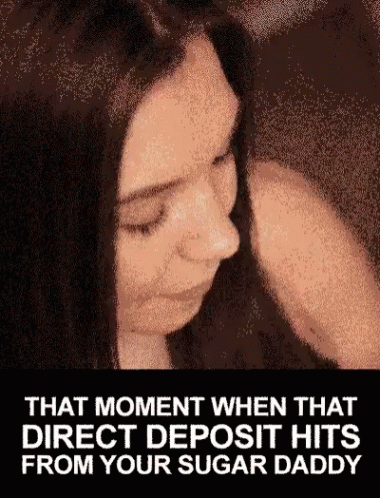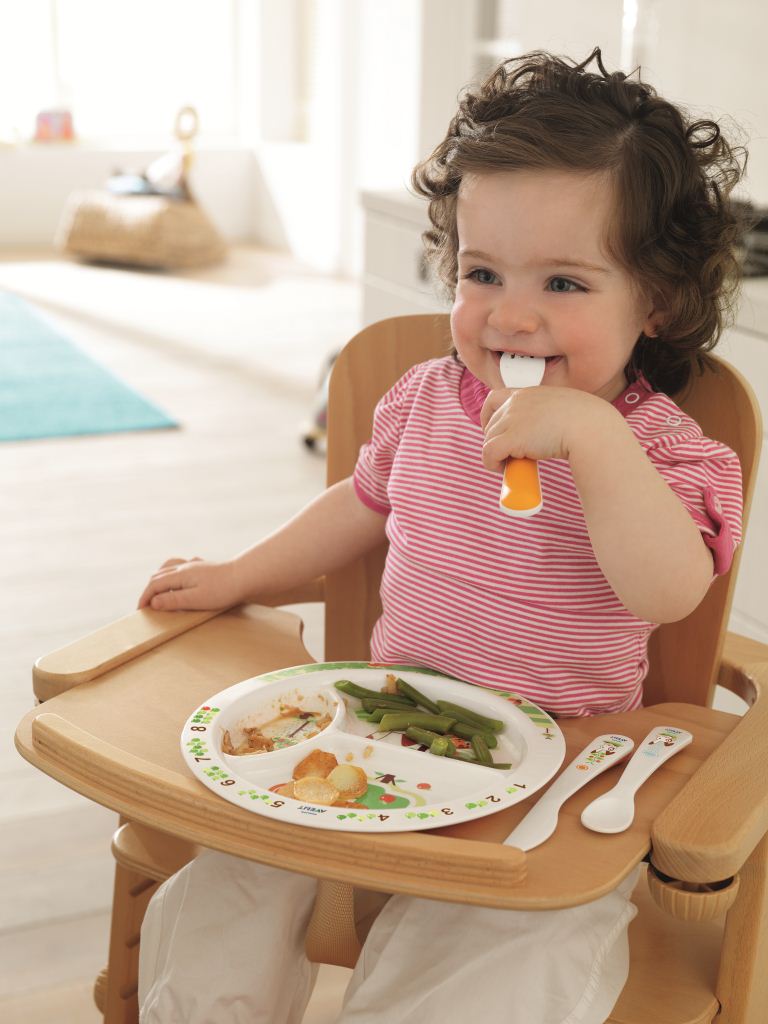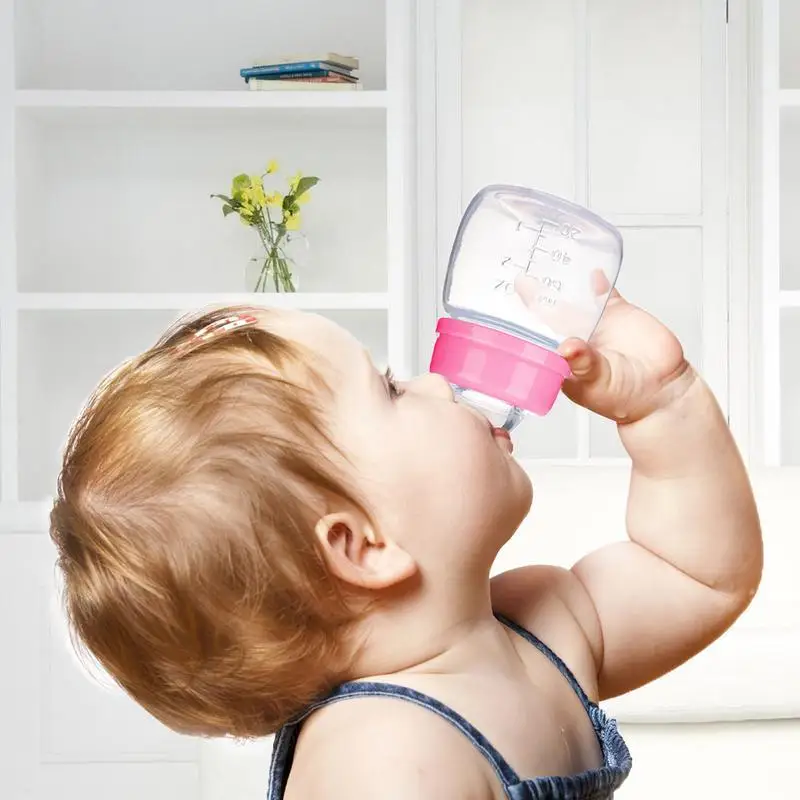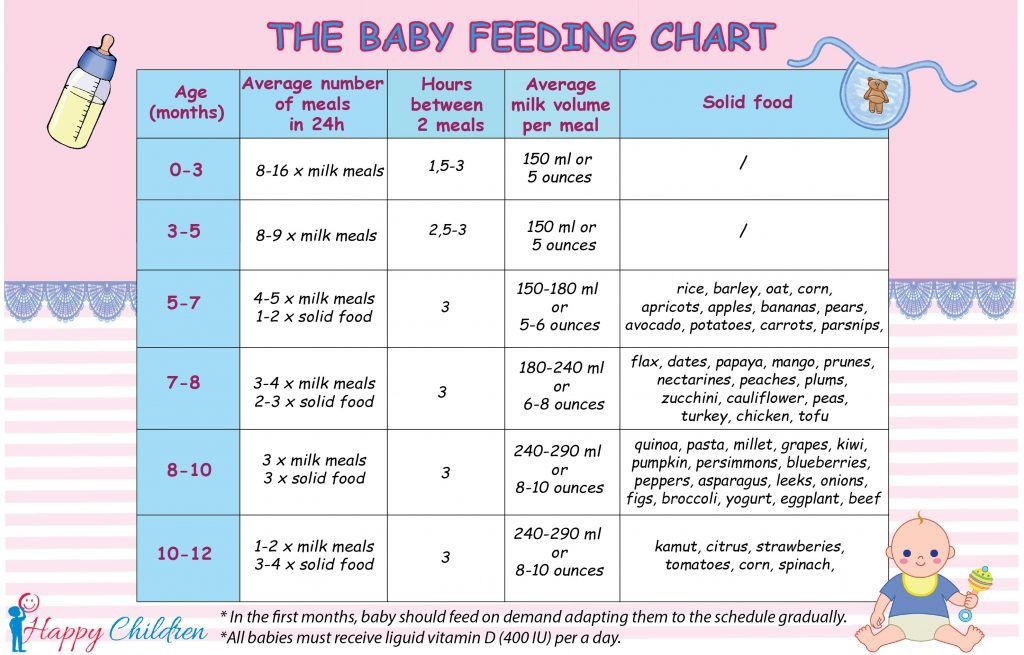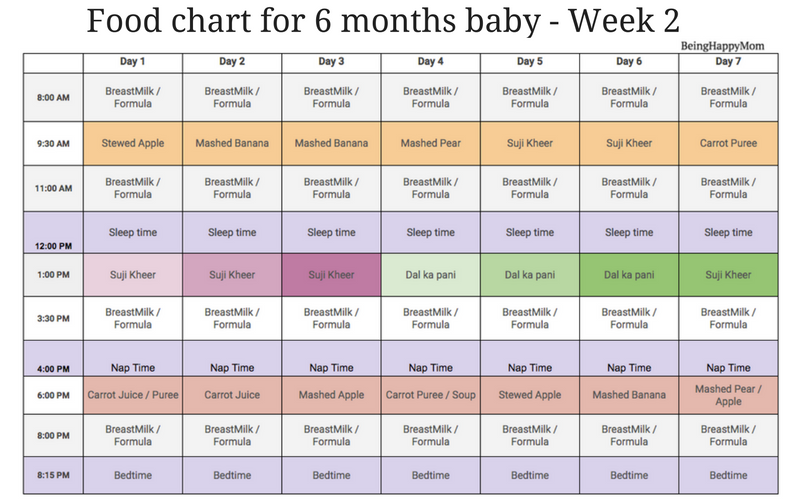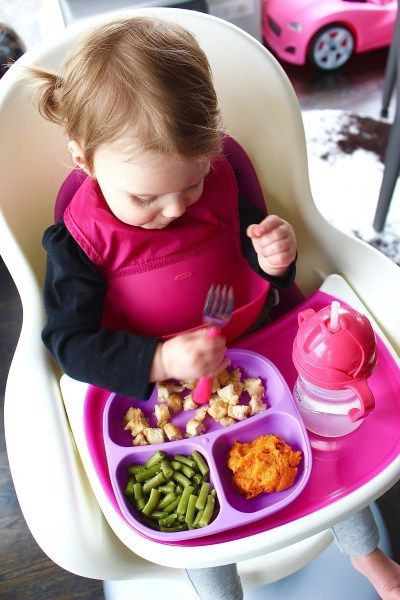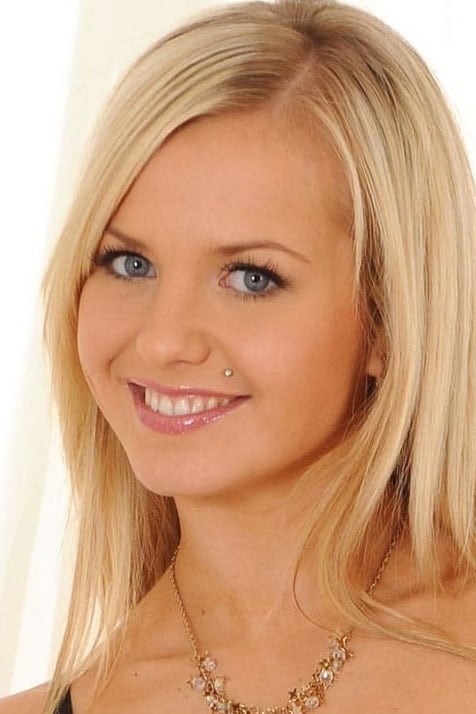Baby rubbing feet together when feeding
Why Does My Baby Constantly Rub Their Feet Together?
Babies are fond of making unusual gestures because they still can’t effectively communicate through words. As a new parent, these gestures can be a source of confusion and worries, especially if you can’t seem to comprehend what your little one is trying to tell you. One gesture that many parents find intriguing is rubbing their feet together. If your baby constantly rubs his feet, is it something that you should be concerned of? Here’s what we’ve found.
Table of Contents
Is it normal for babies to rub their feet?
According to a pediatrician, babies are fond of exploring their own body parts and these include their legs, feet, and toes.
Babies are discovering their senses.
Rubbing their feet together may provide a tactile sensation on their lower limbs, making them eager to repeat such action. Babies normally kick, extend their legs, and rub their feet merely as a habit of exploring their lower extremities.
It may be a part of active play.
Babies need to stretch and move their feet while at play to hone their physical abilities. Rubbing their feet together may be a part of their active play, especially while they are still figuring out how to roll over, crawl and stand.
It may be their self-soothing behavior.
Older babies love to soothe themselves to sleep, like rubbing their own feet. Yes, it may work similarly with their habit of rubbing their feet on your tummy while breastfeeding or touching your ears or arms to sleep. They may simply find it calming to rub their feet together and nothing is wrong with that.
Hence, as long as your baby is happy, feeding well, and steadily gaining weight, there is not much to be concerned of this behavior.
However, in some cases, parents feel worried because the rubbing of feet is accompanied by crying, making them wonder if it is still normal for their babies to behave this way. If that’s the case, then it may be worthwhile checking for the other symptoms and cues that your baby would like you to notice.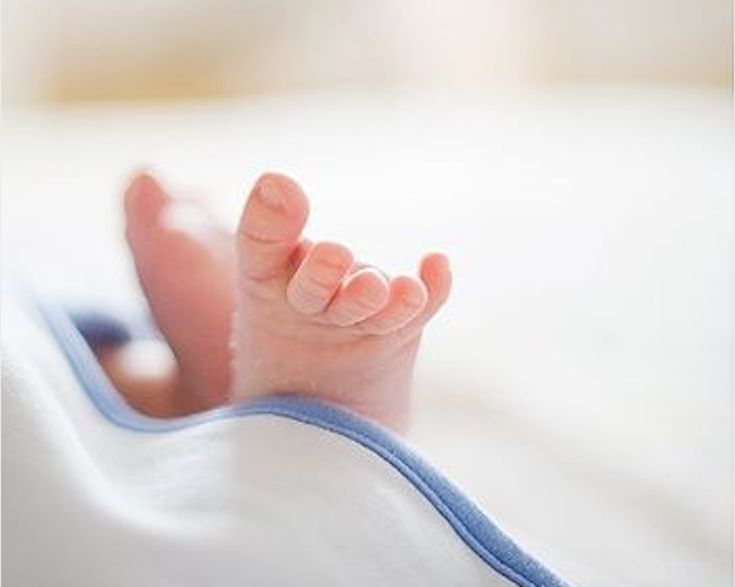
When to be concerned of your baby constantly rubbing their feet
Babies aren’t effective verbal communicators, so parents need to rely on their nonverbal cues to tell whether they are happy and content, or bothered by something that needs some intervention.
Rubbing their feet together is a normal gesture for a happy baby, but if it is accompanied by constant crying, your baby might be telling that he is not comfortable or that something he feels is wrong.
If your baby cries, struggles, and rub his feet constantly, other symptoms to look out for include:
- Dry and scaly skin, particularly in the ankles
- Redness
- Scratches or wound
- Tenderness or pain
- Fever
- Arching back
- Refusing to feed
- Irritable and unusually wakeful
Red and scaly patches in the skin can be a sign of eczema, an allergic skin condition that can cause extreme itchiness and may trigger your baby to rub their feet uncomfortably.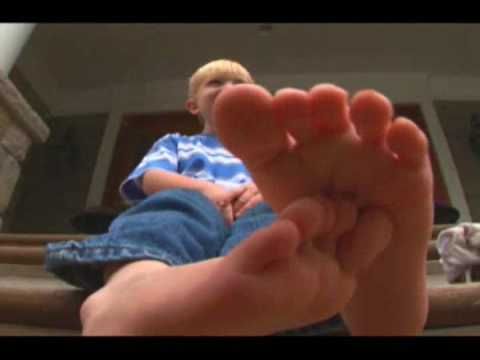 In babies, eczema in the ankles is common, so make sure to check that spot if your baby frequently rubs his feet and cries.
In babies, eczema in the ankles is common, so make sure to check that spot if your baby frequently rubs his feet and cries.
Sometimes, babies can scratch their skin while rubbing their feet, if you see some scratches or wounded areas, make sure to cut your baby’s toenails short and treat them with a doctor-approved cream or ointment.
Arching back can be a sign that your baby is in pain or discomfort, such as how babies with reflux usually behave. Pain, along with fever, irritability, and refusal to feed are signs that your baby is feeling unwell and may need medical intervention.
Upon noticing any of these symptoms, it will be best to bring your baby to your pediatrician for a check-up. Your doctor can properly assess the cause of the unusual behavior and the associated symptoms as well as help you resolve the problem.
Conclusion
Babies can rub their feet together as a normal part of their play, exploration, and self-soothing behavior. However, if your baby does it while crying and showing other unusual symptoms, trust your gut feel and bring him to your doctor for advice.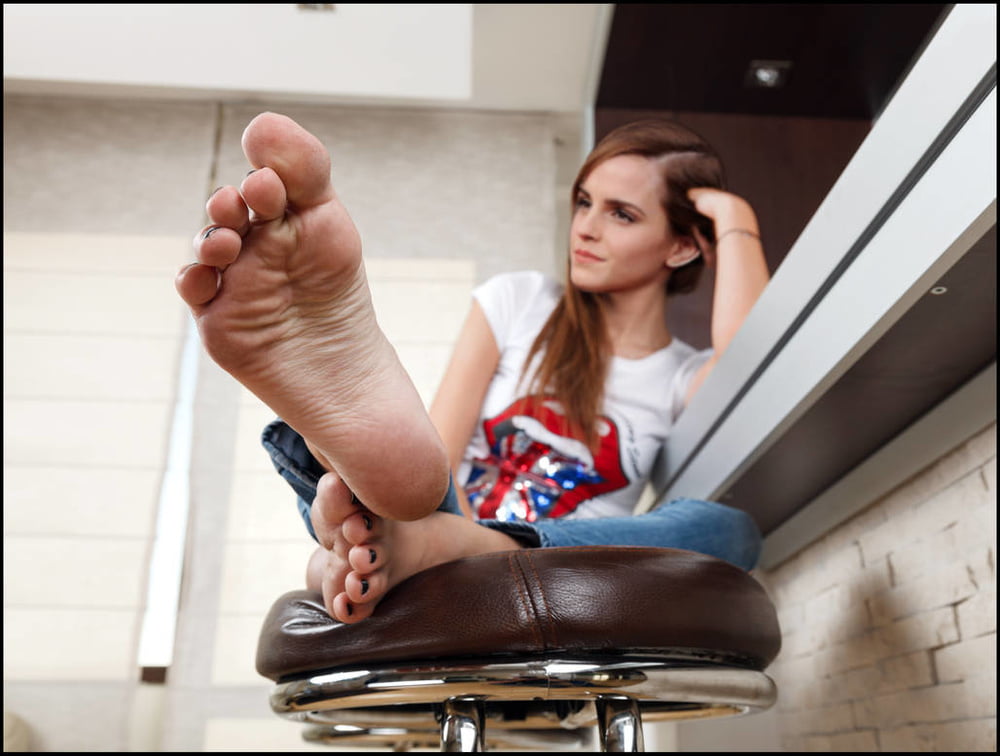
Why Does My Baby Rub Her Feet Together? Is It Something I Need To Worry About?
by Ramsha Rizwan Kodvavwala
As babies grow up, they learn and discover new things, rubbing their feet being one of them. They make new faces and start recognizing parts of their body and how they function. Seeing them grow and accomplish every milestone with time is worth capturing and remembering. But at times, they do weird things that might make you think if it is common for babies to perform such weird things or is it something you should give attention to. One of the weird habits is to rub their feet together continually.
It’s common for babies to rub their feet with each other. It usually happens because they have started sensing their body parts, or maybe it is part of their playing activity. Rubbing feet together also helps babies to soothe themselves on their own. However, everything is fine as long as your baby is not crying continuously while rubbing their feet. It can be a sign of discomfort too. In such a situation, you must look into the matter and sort it out as soon as possible.
It can be a sign of discomfort too. In such a situation, you must look into the matter and sort it out as soon as possible.
Why does my baby rub his feet?
Pediatricians and experts say that it’s pretty normal for your baby to rub his feet, eyes, nose, and other parts of his organs. Your baby is merely exploring his body parts and how they move and function.
Here are some reasons explaining why babies rub their feet together:
Figuring out senses
When your baby rubs his feet together, he gets a tickling sensation in his lower limb, which is something new for them. Therefore they repeat such actions to experience that sensation again. It’s also one of your baby’s ways of discovering his lower body.
Part of playing
Your infant can’t run around or play with cars, blocks, and other toys. He performs physical activities like rubbing his feet together, stretching and extending his feet as a part of active playing.
Foot rubbing is also a sign that your little one is figuring out a way to roll over, crawl, and stand.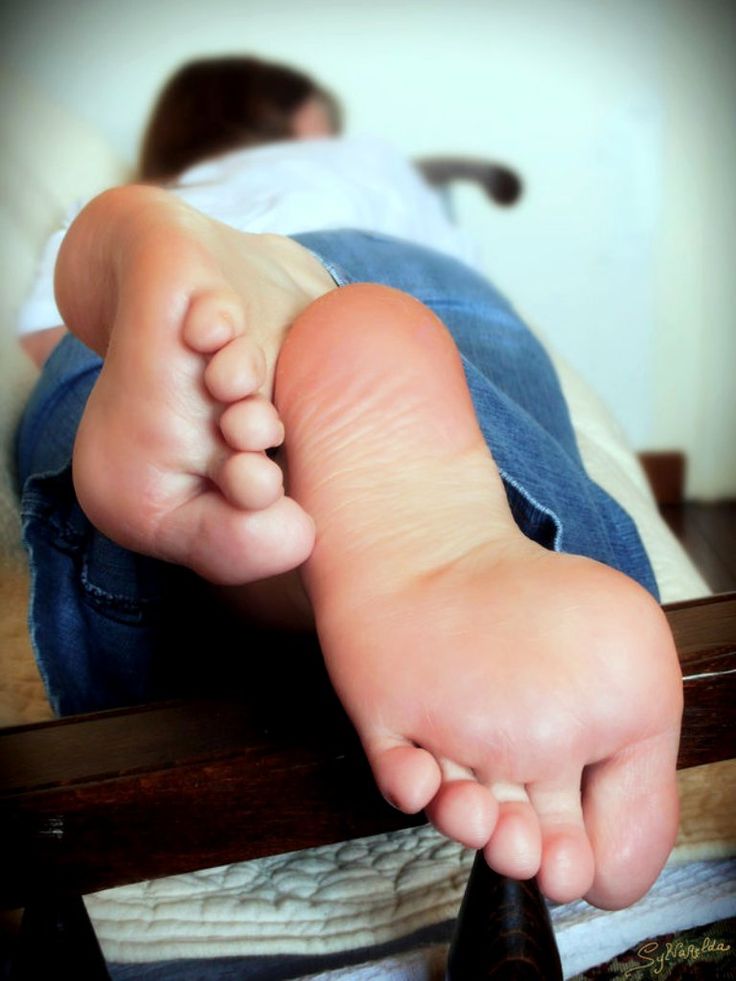
To self-soothe themselves
Have you noticed that while breastfeeding, your baby either rubs his feet on your tummy or constantly rubs his ear? They do so to self-soothe themselves, and soon it turns into their habit.
Every baby has a different habit, so do not get worried if your little gentleman is doing something your sister’s baby is not doing.
When should I be concerned?
If your baby cries continuously while rubbing his feet, then it is time to look into the matter as it is a clear indication that something is hurting him or he is in discomfort.
Check for other symptoms and signs that he might be giving out for you to understand the problem he is facing.
Symptoms that you should look for
Your little man is too small to communicate and tell you the problem he is facing, so the only way for him to express his discomfort is through crying. Usually, a happy baby rubbing his feet is nothing to worry about; in fact, it is a good sign as your baby is playing on his own.
However, if the baby is continuously crying and rubbing his feet, then it’s his way of telling you that he’s not feeling well.
If such a situation arises, then as a parent, you must look out for the following things.
- Dry and scaly skin, particularly in the ankles
- Redness
- Scratches or wound
- Tenderness or pain
- Fever
- Arching back
- Refusing to feed
- Irritable and unusually wakeful
Red, dry and scaly patches indicate that maybe your baby has eczema. Due to the extreme tickling sensation, your baby might be crying while rubbing his feet. Eczema mostly happens in the ankles; therefore, you must check the area where your baby is rubbing his feet.
Intense rubbing of feet together can cause scars and wounds. All thanks to tiny nails. Make sure to cut their toenails and apply some ointment after consulting with your child’s pediatrician on the area that is scratched or wounded.
If you think that your baby is experiencing some kind of pain, then look out for other signs such as arching back. However, if, along with rubbing his feet while crying, your baby has a fever, is cranky, and refuses to feed, then reach out to your pediatrician. For such a condition, your baby requires proper medications.
However, if, along with rubbing his feet while crying, your baby has a fever, is cranky, and refuses to feed, then reach out to your pediatrician. For such a condition, your baby requires proper medications.
Conclusion
Rubbing feet together is a very ordinary act that your little one can perform. Both my babies used to rub their feet when they were three months old. It’s the time when they are recognizing the world around them.
Similarly, it’s when they start to discover their body parts, what they can do with them, and how they move. So it’s very common for your baby to rub his feet together, stretch his feet, fold and bend them. With time, this habit will fade away.
The only time you should be concerned is when your little one continually cries while rubbing his feet, as it is a clear indication that he is not feeling well, is in discomfort, or experiencing some kind of pain.
Do let us know whether your little rubbed his feet just for fun or was it something alarming.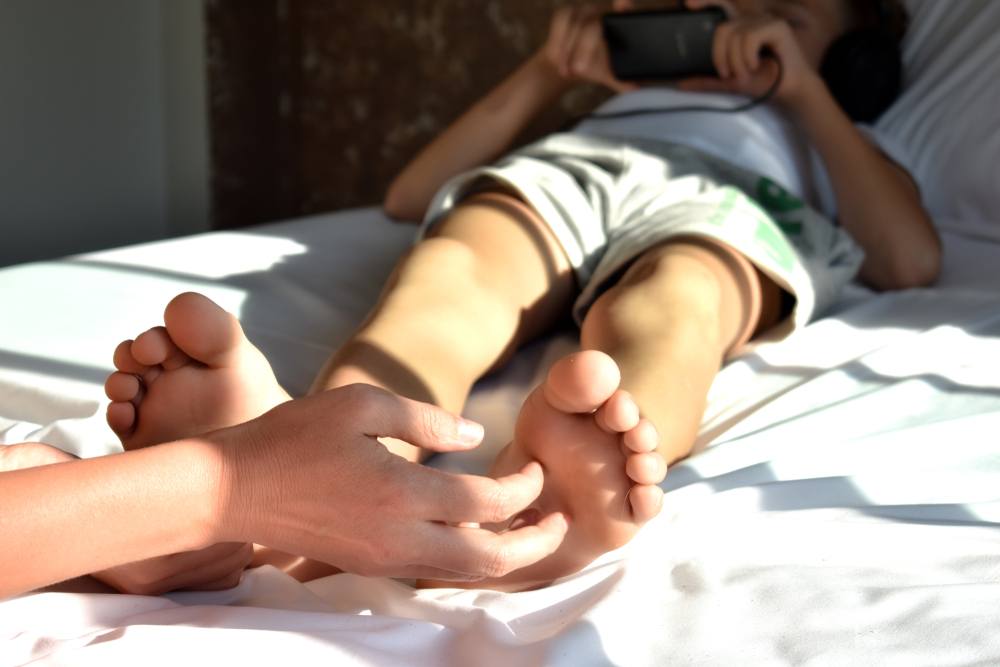 Feel free to share your opinion and experience in the comment section below!
Feel free to share your opinion and experience in the comment section below!
Why a baby often wakes up during sleep at night or during the day
At present, the importance of sufficient sleep for a child is not in doubt. Insufficient or restless sleep not only makes children irritable or whiny, but also negatively affects the overall development of the child, and can also lead to various, including serious diseases. This is a drop in visual acuity, tremor of the limbs, headache, intestinal upset, etc. Of course, they will not occur if the child did not sleep well once, but if this happens for a long time, this is fraught with the most serious consequences.
What is the optimal amount of sleep? It depends on age: the younger the child, the more hours of sleep he needs. On the issue of specific values for the duration of sleep for an infant, one can rely, for example, on the data of the American National Sleep Foundation, which makes the following recommendations:
- from 0 to 3 months - 14-17 hours;
- 4 to 12 months - 12-15 hours.
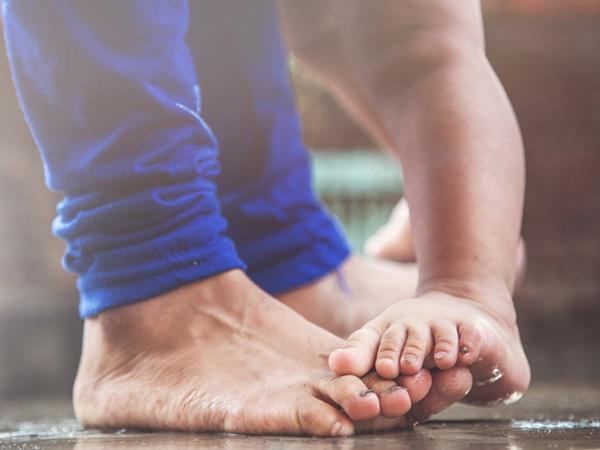
This is about the total duration of sleep. But, as we know, during sleep, a person alternates between different phases of sleep, each with its own duration. The sleep of a healthy person begins with the first stage of slow sleep, lasting 5-10 minutes. After that, the second stage of slow sleep begins, lasting about 20 minutes, after which the 3rd and 4th stages, again phases of slow sleep, successively replace each other for 30-45 minutes. After completion of stage 4 of slow wave sleep, the sleeper again goes through stage 2 of slow wave sleep, after which the phase of REM sleep begins, lasting about 5 minutes. The sequence described above is one cycle, and during the entire period of sleep, these cycles are repeated with a gradual decrease in the time of non-REM sleep and an increase in the duration of REM sleep.
Isolation of stages or phases of sleep is not something formal, each stage is characterized by its own characteristics of the work of all human organs and systems.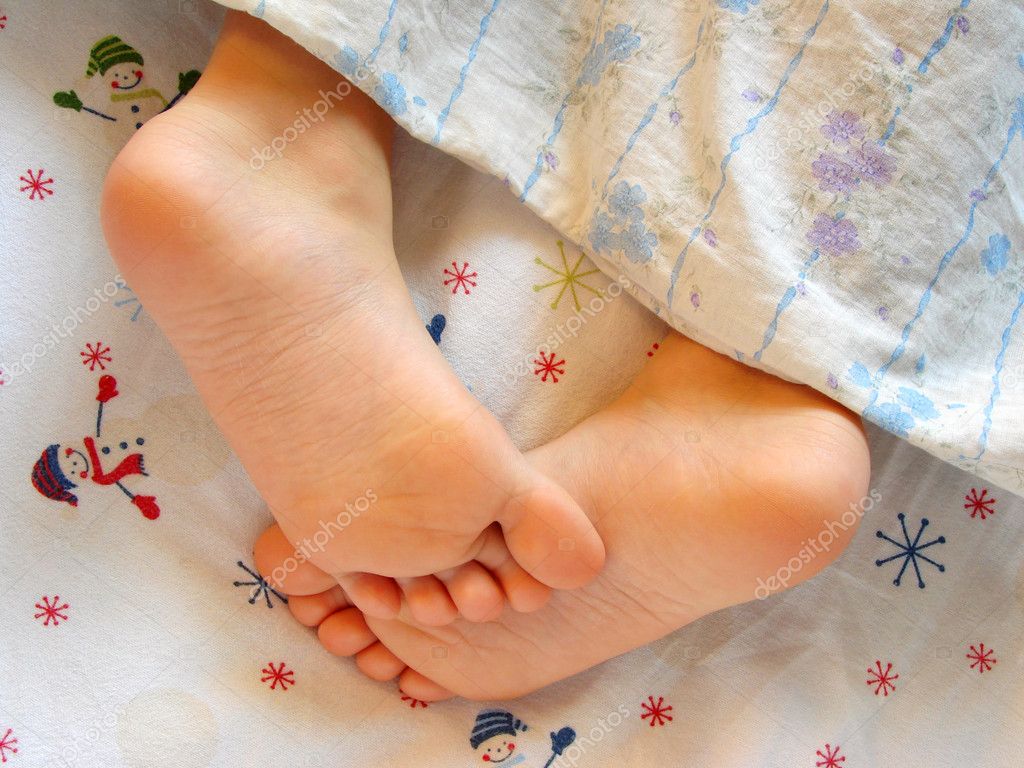 In order for sleep to be truly beneficial, the child should not wake up at some stage of sleep, interrupting the cycle, i.e. the sleep cycle should be complete and such cycles for an infant should be at least 10-12 per day. Only in this case, his physiological development will proceed correctly.
In order for sleep to be truly beneficial, the child should not wake up at some stage of sleep, interrupting the cycle, i.e. the sleep cycle should be complete and such cycles for an infant should be at least 10-12 per day. Only in this case, his physiological development will proceed correctly.
But we all know very well that a child can sleep peacefully, snoring for several hours in a row, and maybe very restless. What does it depend on? First of all, the child wakes up in case of hypothermia or overheating.
The mechanism of thermoregulation in an infant is not yet well developed. In order for the child to be comfortable, his body must be in thermal balance, i.e. the generation of heat must correspond to its consumption. The formation of heat in a newborn child is due to the breakdown of brown fat (available only in children), this heat is always generated, including when the child is comfortable. If the baby begins to freeze, its blood vessels narrow and ... And this is where the difference between a child and an adult arises. The child does not have a layer of subcutaneous fat, as a result of which heat loss does not stop even after the vessels have narrowed. Therefore, having started to freeze, the child will not be able to slow down this process otherwise than by turning on another mechanism for the formation of heat for this - due to the movement of the limbs, the child begins to actively move his arms and legs and wakes up.
The child does not have a layer of subcutaneous fat, as a result of which heat loss does not stop even after the vessels have narrowed. Therefore, having started to freeze, the child will not be able to slow down this process otherwise than by turning on another mechanism for the formation of heat for this - due to the movement of the limbs, the child begins to actively move his arms and legs and wakes up.
But the child must not overheat. However, the process of sweating is still not pronounced enough, and as a result, the child overheats very quickly. And the baby's overheating is even more insidious than its hypothermia. When hypothermia, the child cries, actively waves his arms and legs, but when overheated to critical temperatures, he practically does not betray his condition. It is completely wrong to consider an infant only a smaller copy of an adult, its thermoregulation mechanisms have not yet been developed, and therefore the main task of parents is to create the most comfortable microclimate for it in terms of temperature and humidity.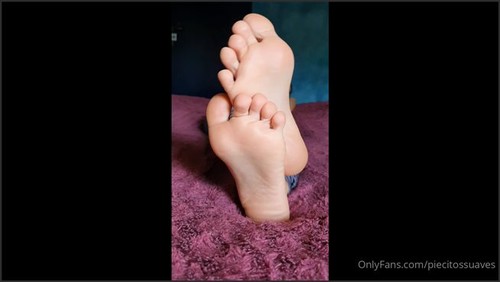
The most difficult thing is to control hypothermia and overheating of a baby during a walk in the cold season. How is it now recommended to control the comfort of the baby? Visually, by the color of the nasolabial triangle and its general condition. But when you can understand something by these signs, the child will already freeze or overheat. You can also open the baby and touch the back of his neck. And if the child is sleeping, you will wake him up, unwind him, which, due to the imperfection of his thermoregulatory processes, will most likely lead to his hypothermia. In addition, if you do this often, then there can be no question of any healthy sleep, the correct alternation of its phases.
But today the development of microelectronics makes it possible to solve the problem of controlling the temperature under a child's clothes very easily - with the help of wireless data transmission. To do this, a miniature thermometer with data transfer functions is placed under the baby's clothes, and the temperature readings are sent to a special application on the mother's mobile phone.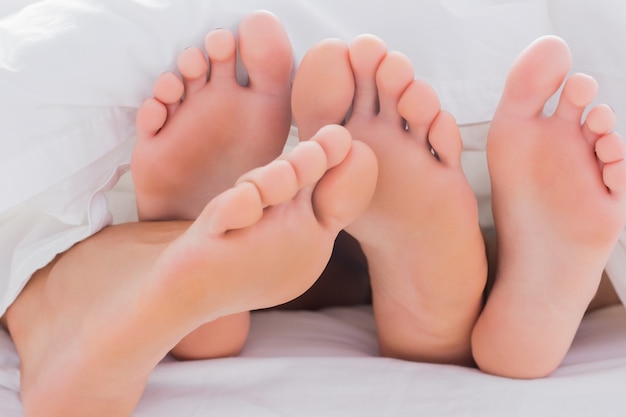 It is very convenient and allows you to precisely control the comfort of the baby at any time without disturbing his sleep.
It is very convenient and allows you to precisely control the comfort of the baby at any time without disturbing his sleep.
This thermometer with Bluetooth data transmission is the latest development of our company RELSIB WT52, with which you can not only control the temperature under the baby's clothes, but also the temperature of the air in the room and the water in the bath while bathing.
See all baby care products:
|
Bluetooth - Thermometer RELSIB WT52 (Checking the temperature of water, air and under the clothes of the baby during walks) |
Bluetooth - Thermohygrometer RELSIB WH52 (Temperature and relative humidity control in the room and under the baby's clothes during walks) |
Bluetooth - Thermometer RELSIB WT51 (Temperature control for preparing baby food, outdoor temperature before a walk) |
EClerk-Eco Meter (Air quality monitoring, including temperature, humidity, carbon dioxide content) |
See articles:
|
Thermometer RELSIB WT52 is indispensable for walking |
How to properly bathe a baby |
How to prevent asthma in children |
The easiest way to health or The importance of air quality control |
Alexander Glukhov
{{if type === 'partner-stocks'}}
{{/if}}
{{/if}} {{each list}}${this} {{if isGorzdrav}}
Delete
{{/if}}
{{/each}} {{/if}} Search by drug, disease, substance: DERMAKOSMETIKA, SOLGAR, NaturAge, Voltaren, KagocelHome
Articles
Why does the child grind his teeth?
Grinding of teeth in a dream appears in every third child. The problem is faced more often by parents of boys. Night creaking scares and forces you to do the wrong things. Someone listens to the advice that nothing needs to be done, while others self-medicate diseases that the child does not have. Both approaches are wrong, you need to act according to the situation.
Causes of teeth grinding in a child
In medicine, the condition when a child grinds his teeth is called bruxism. The first symptoms appear in infants during teething, but then they gradually fade away. Signs of bruxism can appear during kindergarten age and after the transition to school. But by the age of 6-7, the majority of involuntary grinding of teeth disappears.
Inexperienced parents associate the appearance of unpleasant sounds with worms. But studies show that the presence of helminths does not affect the appearance of creaking. Why some people associate these two states with each other is unknown. Perhaps the reproduction of worms that are able to migrate through the oropharynx, or the nighttime itching of the anal area caused by crawling females, is to blame.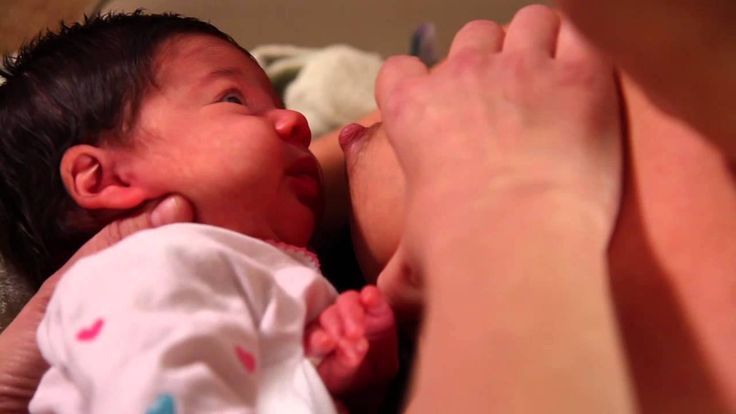
The cause of grinding teeth must be sought elsewhere. In an infant, this is associated with teething. More often the problem manifests itself in the eighth month and later, when several teeth appeared on the upper and lower jaws. The baby has an immature nervous system, and the milk incisors irritate the nerve fibers adjacent to them - salivation intensifies, and the jaw muscles spasm. But creaking in babies is unexpressed and lasts a few seconds. Some experts believe that the problem appears due to a strong pain impulse.
Children of one year of age and older grind their teeth for another reason:
- Incorrect bite - when the jaw is formed incorrectly, the position of the teeth is disturbed, the load on the muscles is redistributed, so creaking may occur at night and during the day.
- Heredity - parents may have a tendency to bruxism and periodically grind their teeth, so this symptom will also appear in the child.
-
Calcium deficiency - can occur in a one-year-old child and at an older age.
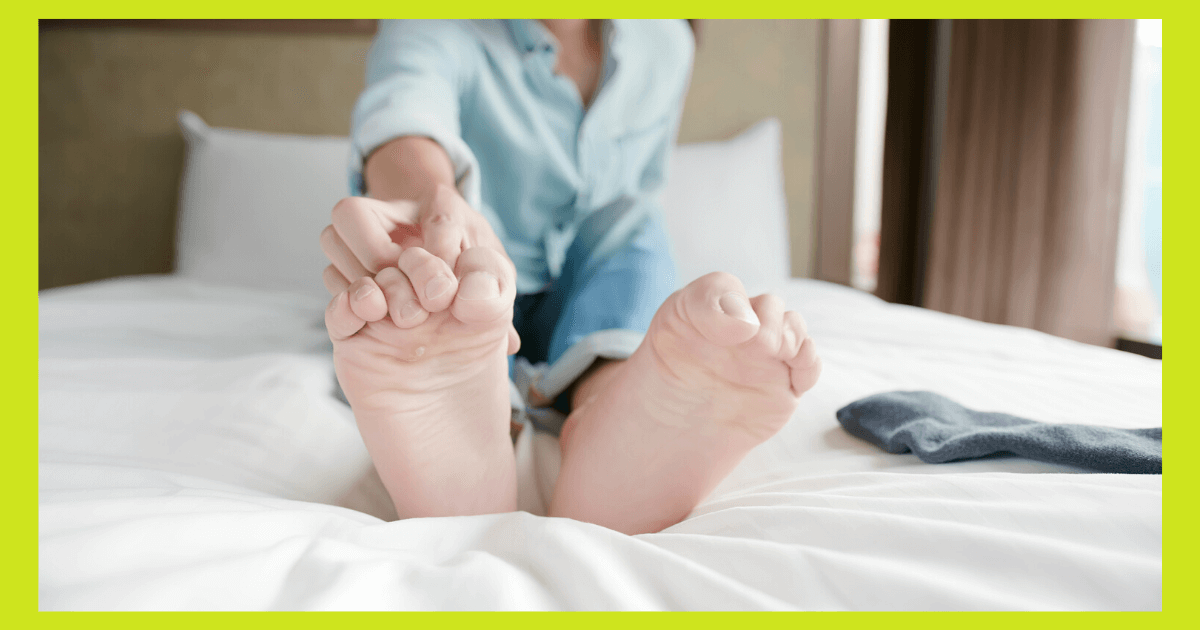 Calcium is necessary for muscle contractions, its lack causes spasm. Sometimes this is a local convulsive tension of the muscles of the jaws.
Calcium is necessary for muscle contractions, its lack causes spasm. Sometimes this is a local convulsive tension of the muscles of the jaws. - Nervous overexertion - such a cause of bruxism is typical for preschoolers and younger schoolchildren. Computer games, traumatic situations, watching TV before going to bed, and even the first trip to the garden or school have an irritating effect.
- Dental causes - improperly made fillings that rise above the crown of the tooth and do not allow the jaw to close, as well as pathology of periodontal tissues or the temporomandibular joint.
Children with some pathologies of the nervous system can grind their teeth during the day. Sometimes this is the first sign of a special form of epilepsy, which manifests itself in the form of a local short-term muscle spasm, and not convulsions throughout the body.
A baby can grind his teeth if his jaws are growing fast, but they do not have enough load. Therefore, from 4-5 months they are given to gnaw smooth hard teethers, vegetables and fruits.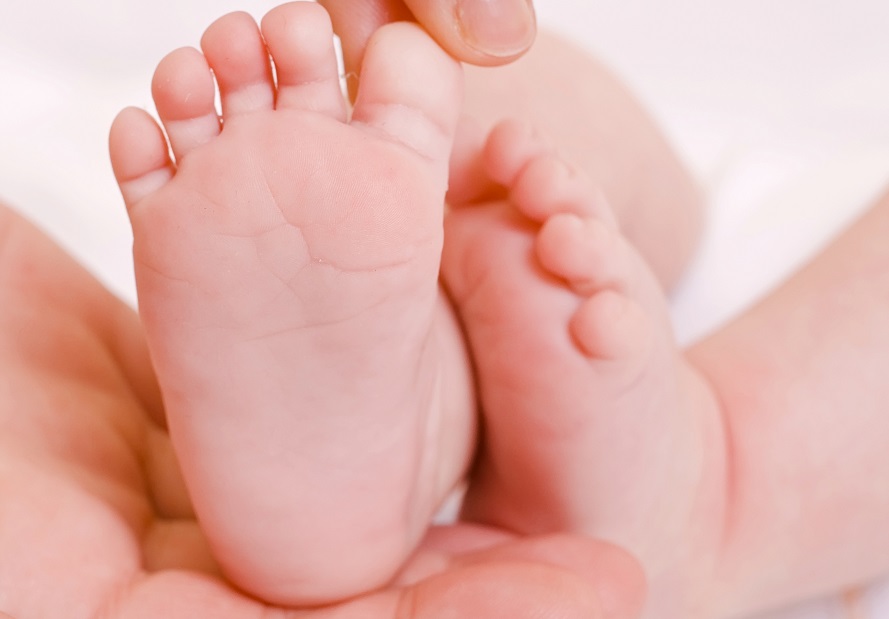
Grinding of teeth treatment
If a baby grinds his teeth while sleeping, special treatment is not always needed. If a symptom of a tremor of the lower jaw appeared in a one-month-old baby, this is an alarming sign. mother should pay attention to how the baby takes the breast, at what time the jaw spasm or chin trembling appears. A consultation with a neurologist is required. It is possible that during pregnancy or childbirth the baby suffered a brain injury or suffered from hypoxia.
When a 7-8 month old baby starts to creak, the pediatrician may recommend an easy teething gel, such as Dentinox. Experienced mothers purchase cooling silicone teethers in advance, about which the baby scratches the gums.
If the analgesic effect of the cooling tooth gel is insufficient, the child is given paracetamol or ibuprofen syrup. They relieve inflammation from the gums, eliminate pain and swelling.
In autumn and winter, a 4-5 month old baby experiences calcium deficiency.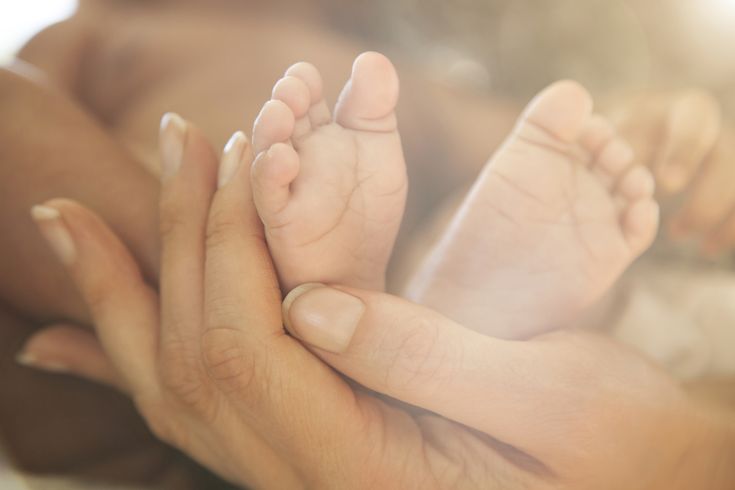 At this time of the year, the number of sunny days decreases, and the need for the mineral increases. Calcium is absorbed from milk if there is enough vitamin D in the intestines. It is produced under the influence of ultraviolet radiation. With a lack of sunlight, the vitamin is small, so it is necessary to take it in the form of an aqueous solution of drops. Vitamin D will not harm both a one-year-old baby and schoolchildren in the winter season. The dosage of the drug is selected by the pediatrician individually, so as not to cause a state of hypervitaminosis, which is dangerous for the kidneys.
At this time of the year, the number of sunny days decreases, and the need for the mineral increases. Calcium is absorbed from milk if there is enough vitamin D in the intestines. It is produced under the influence of ultraviolet radiation. With a lack of sunlight, the vitamin is small, so it is necessary to take it in the form of an aqueous solution of drops. Vitamin D will not harm both a one-year-old baby and schoolchildren in the winter season. The dosage of the drug is selected by the pediatrician individually, so as not to cause a state of hypervitaminosis, which is dangerous for the kidneys.
Treatment of creaking, which often appears after overexertion, stress, is carried out with sedatives. For children, the doctor may prescribe herbal sedatives or herbal teas with mint, valerian, motherwort, and other combinations.
If the pediatrician cannot determine why the child continues to grind his teeth, a dental examination is necessary. The doctor grinds off protruding fillings, checks the function of the temporomandibular joint.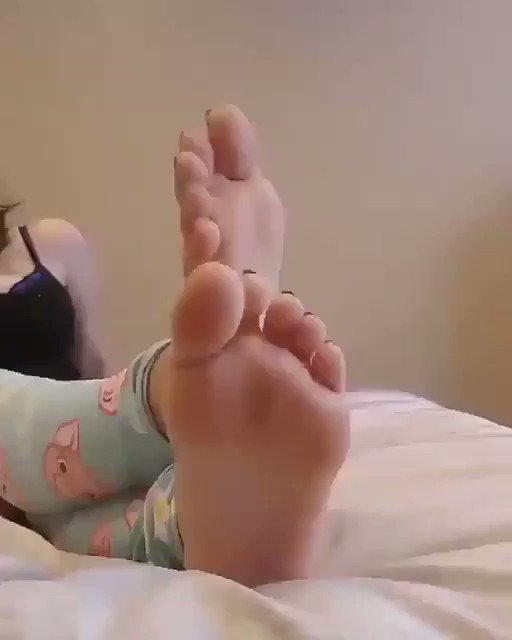 In case of periodontal inflammation, caries, a special treatment will be prescribed. Incorrect bite is a reason to go to the orthodontist. He will pick up a mouthguard to protect the enamel of the teeth from abrasion. If the bite is defective, you will need to use braces or a corrective plate, which is removed at night.
In case of periodontal inflammation, caries, a special treatment will be prescribed. Incorrect bite is a reason to go to the orthodontist. He will pick up a mouthguard to protect the enamel of the teeth from abrasion. If the bite is defective, you will need to use braces or a corrective plate, which is removed at night.
In case of repeated creaking, the appearance of convulsive contractions in other muscle groups, they are examined by a neurologist. The result of an electroencephalogram may indicate a mild form of epilepsy. For treatment, the doctor will prescribe anticonvulsant drugs. They will help reduce the frequency and severity of seizures. If you refuse therapy, this phenomenon will occur more often and more severely.
Prevention
Bruxism at an early age is preventable. Parents are advised to reconsider the daily routine. The last meal should be no later than 2 hours before bedtime. From 4-5 months old, babies can be given an apple or carrot to chew on in the evening so that their muscles are tired and do not shrink outward.